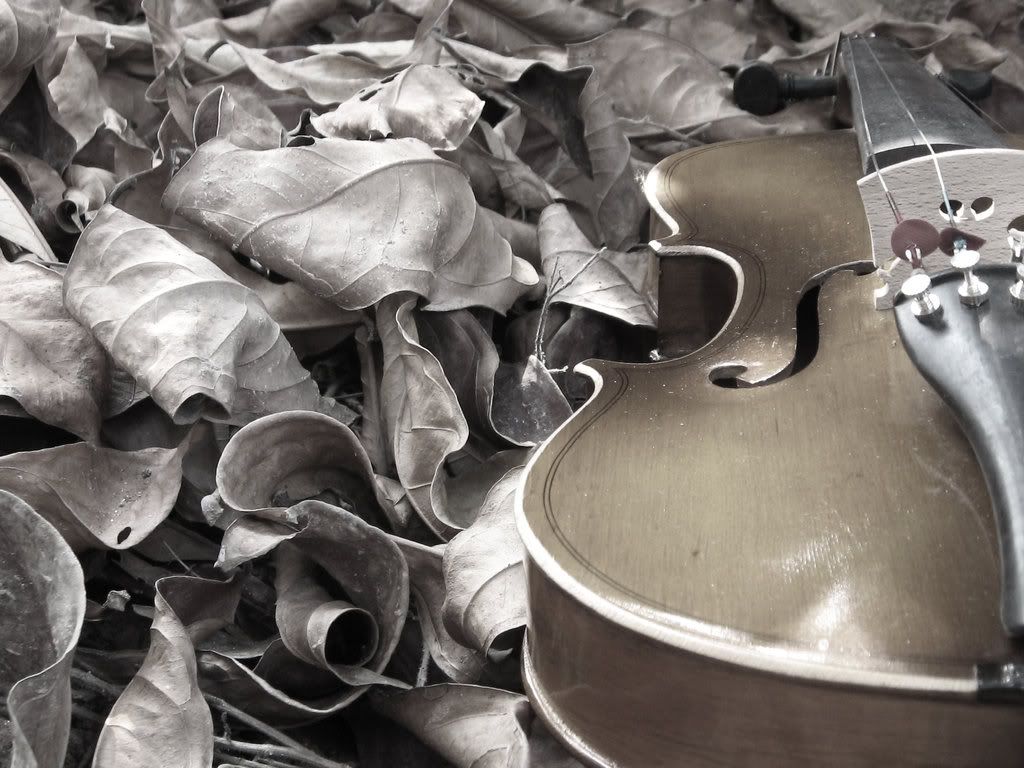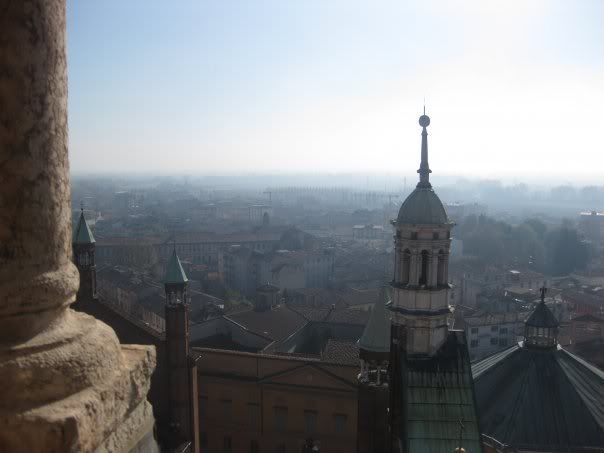Claudio Monteverdi - Magnificat (complete)
1,045,138 views - April 4, 2012
S. Quimas
Claudio Giovanni Antonio Monteverdi (Italian pronunciation: [ˈklaudjo monteˈverdi]; 15 May 1567 (baptized) -- 29 November 1643) was an Italian composer, gambist, and singer.
Monteverdi's work, often regarded as revolutionary, marked the transition from the Renaissance style of music to that of the Baroque period. He developed two individual styles of composition -- the heritage of Renaissance polyphony and the new basso continuo technique of the Baroque. Monteverdi wrote one of the earliest operas, L'Orfeo, an innovative work that is still regularly performed. He was recognized as an innovative composer and enjoyed considerable fame in his lifetime.
Music in this video
Magnificat II a 6 - Anima mea
Magnificat II a 6 - Et exultavit
Magnificat II a 6 - Quia respexit
Magnificat II a 6 - Quia fecit
Magnificat II a 6 - Et misericordia
Magnificat II a 6 - Fecit potentiam
Magnificat II a 6 - Deposuit potentes
Magnificat II a 6 - Esurientes implevit
Magnificat II a 6 - Suscepit Israel
Magnificat II a 6 - Sicut locutus est
************
The Magnificat (Latin for "[My soul] magnifies [the Lord]") is a canticle, also known as the Song of Mary, the Canticle of Mary and, in the Byzantine tradition, the Ode of the Theotokos (Greek: Ἡ ᾨδὴ τῆς Θεοτόκου). It is traditionally incorporated into the liturgical services of the Catholic Church and of the Eastern Orthodox churches. Its name comes from the incipit of the Latin version of the text.
The text of the canticle is taken directly from the Gospel of Luke (1:46–55) where it is spoken by Mary upon the occasion of her Visitation to her cousin Elizabeth. In the narrative, after Mary greets Elizabeth, who is pregnant with John the Baptist, the latter moves within Elizabeth's womb. Elizabeth praises Mary for her faith (using words partially reflected in the Hail Mary), and Mary responds with what is now known as the Magnificat.
The Magnificat is one of the eight most ancient Christian hymns and perhaps the earliest Marian hymn. Within the whole of Christianity, the canticle is most frequently recited within the Liturgy of the Hours. In Western Christianity, the Magnificat is most often sung or recited during the main evening prayer service: Vespers in the Catholic and Lutheran churches, and Evening Prayer (or Evensong) in Anglicanism. In Eastern Christianity, the Magnificat is usually sung at Sunday Matins. Among Protestant groups, the Magnificat may also be sung during worship services, especially in the Advent season during which these verses are traditionally read.
************
'Magnificat' is a hymn which a part of the musical setting 'Vespro Della Beata Vergine' 1610
Vespro Della Beata Vergine - Claudio Monteverdi - John Eliot Gardiner (complete)
Vespro della Beata Vergine (Wikipedia)
.


:max_bytes(150000):strip_icc()/vercingetorix-surrendering-to-julius-caesar-after-the-battle-alesia-593279296-589a26115f9b5874ee8d6563.jpg)


























